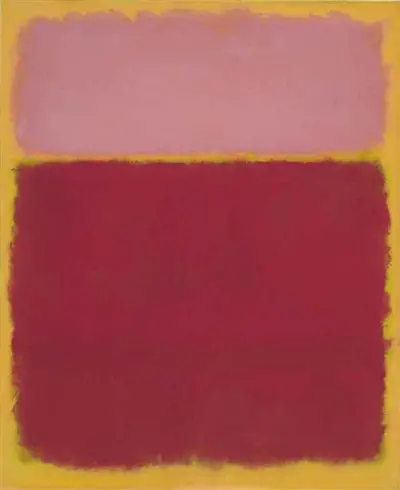Artist Rothko may have incorporated other artistic styles into various phases of his career but it is this approach for which he is best known, and that deserves the most attention. He spearheaded this movement that included other notable names such as Barnett Newman and Robert Motherwell with an approach that reduced art to a series of regions of single colours, loosely blended into each other where ever they met. Rothko produced many of these artworks on huge canvases which he hoped would encourage the viewer to become immersed in colour, by actually stepping nearer the piece than they might otherwise have done. Some aspects of the techniques used in Mark Rothko's paintings have become more apparent in recent generations as his work has aged and started to reveal previously unknown details.
The huge canvases used by Rothko required special consideration and planning to avoid it stretching out of shape over time, particularly when moved from location to location for his exhibitions. A system of springs allowed him to retain a consistent and reliable level of pressure which kept his display pieces tightly attached to the fixtures on which they hung. Many of these were put together by hand by the artist himself as he involved himself in every single stage of his work. As with most painting styles, Rothko would build up his compositions through several layers of work and the final layer would complete the composition, other than perhaps for some small tweaks afterwards. Abstract art, as it often is, means variation from a precise intention is often acceptable and would be considered by the artist to be neither right nor wrong.
The colours used in Mark Rothko paintings may have faded or altered in recent years but can be considered to have lasted fairly well in comparison to some other related artists. Much of the reason for this is believed to have been the low light in which this artist tended to work, meaning that many of his most famous work would not be exposed to much light until being sold on at a later date. His rise in prominence as an artist also quickly ensured that suitable preservation methods were being taken with his art, due to its extraordinary value, both artistically and financially. His unique approach to art brought him into direct contact with his paints and canvases in a similar way to Jackson Pollock and this left finger prints and other surface dirt on many of his paintings. Work has been carried out to remove these from some of his paintings, generally the ones owned by the larger art institutions who hold the necessary skills and knowledge to do so safely.
Our paintings section features all Mark Rothko canvases that we are currently aware of, organised by year. Those interested in purchasing any of these paintings as art prints to enjoy in their own homes can use the accompanying links that would take you to the Art.com Mark Rothko prints gallery. Each print can be customised to your requirements, such as choosing a frame or multiple inlay cards.
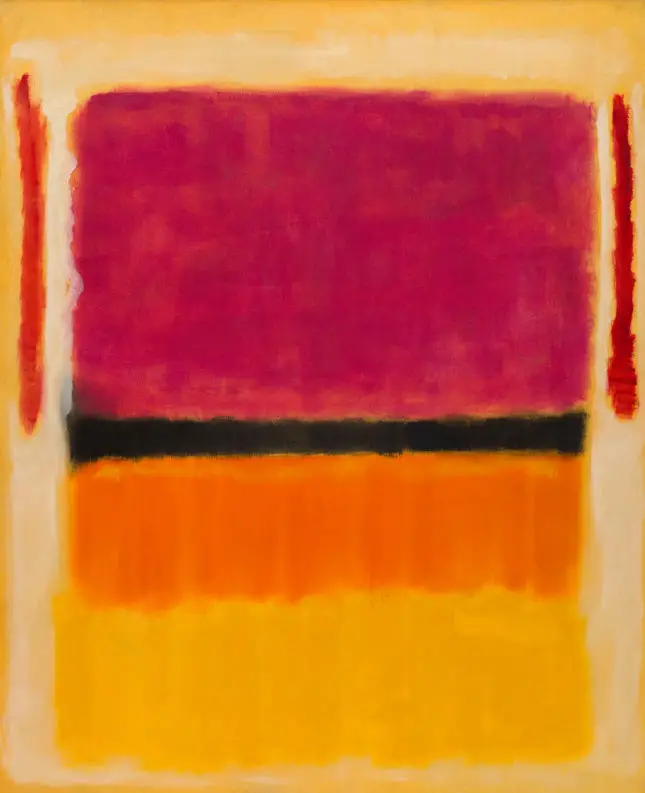
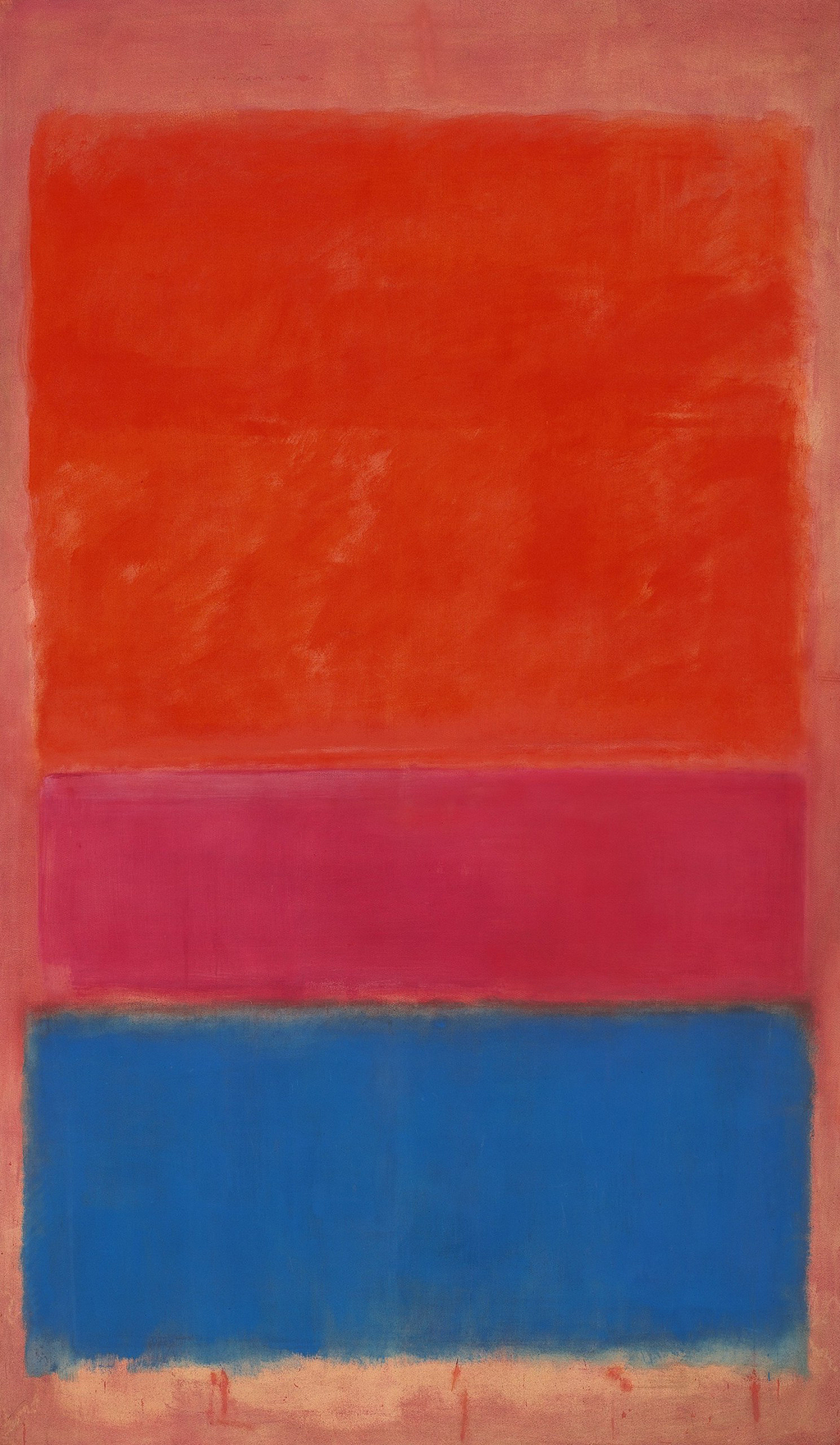
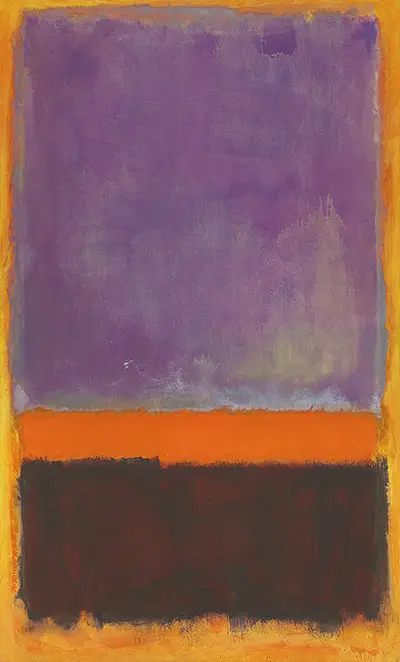
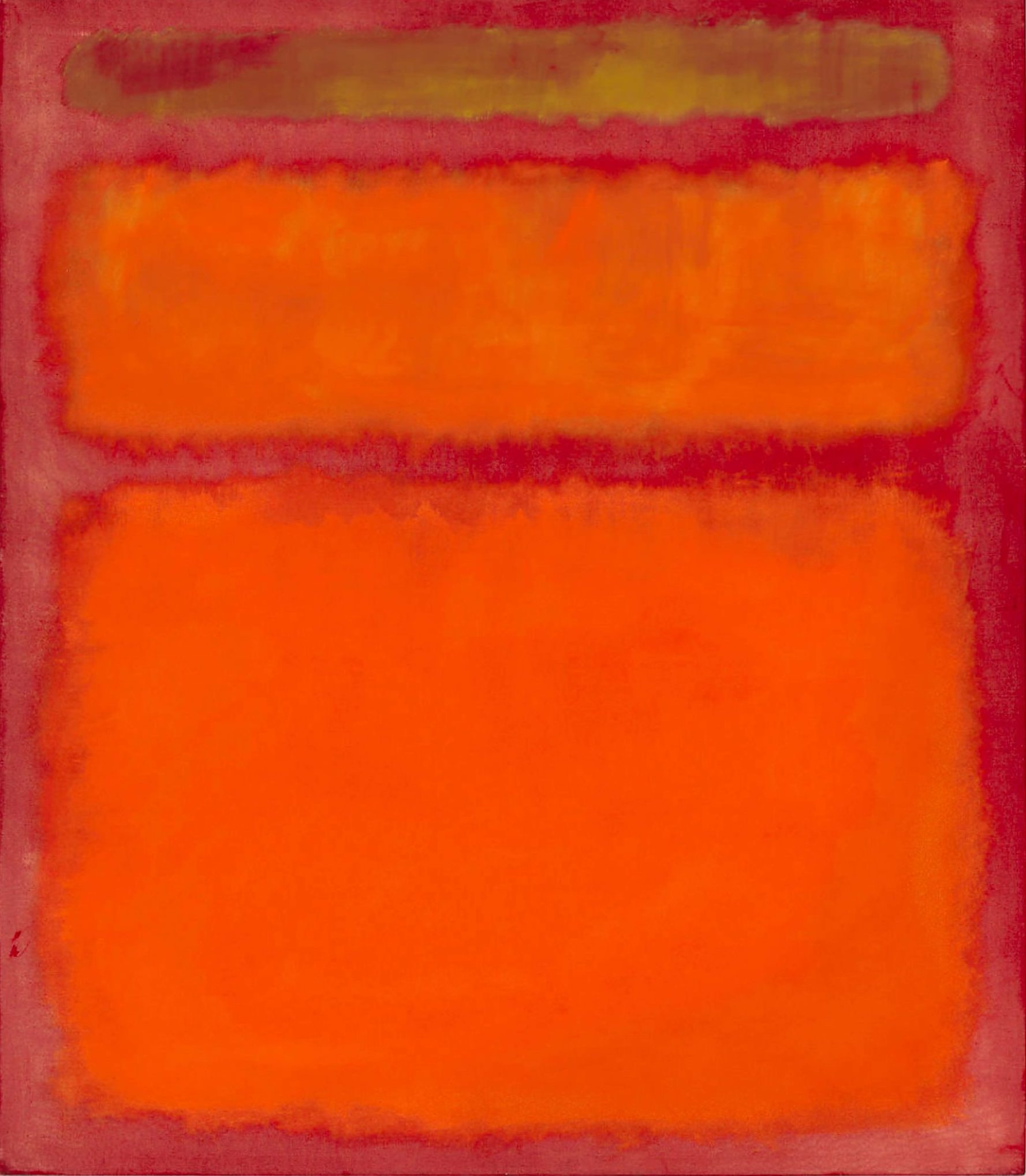
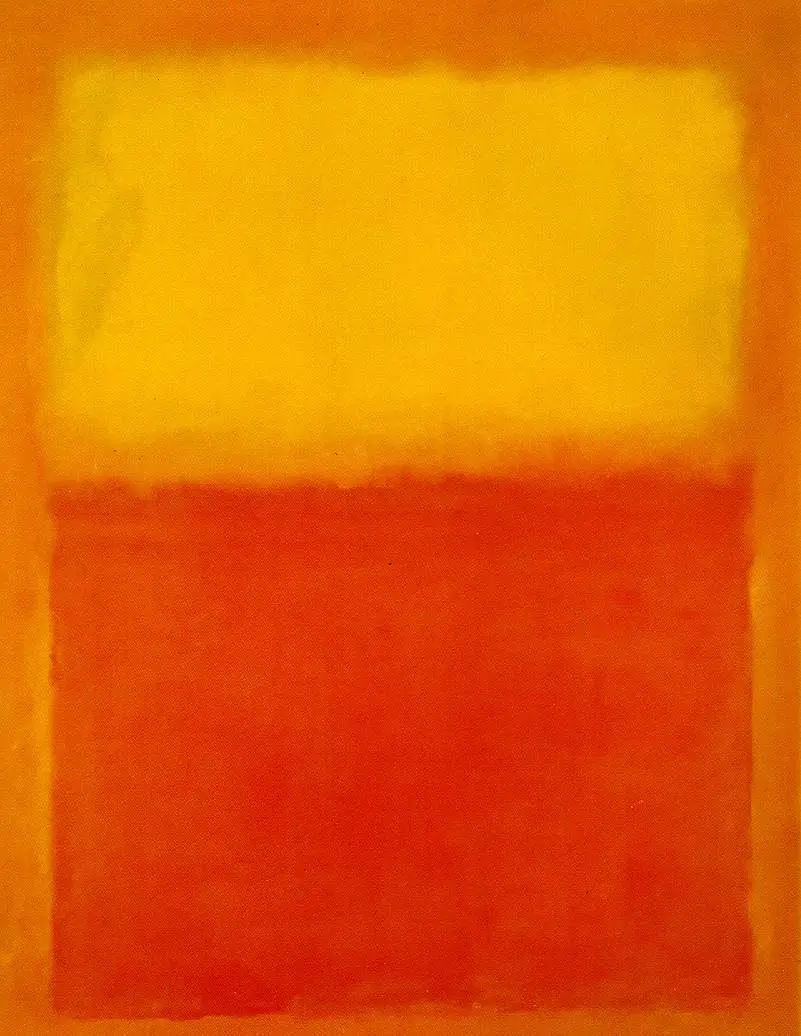

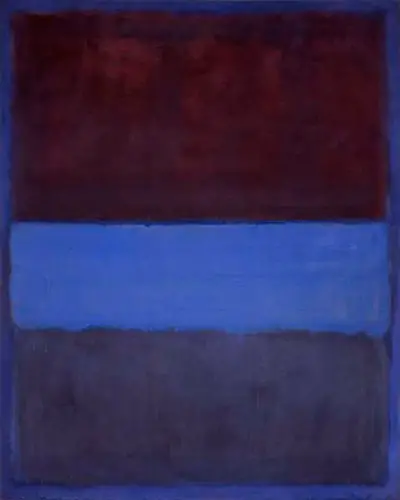
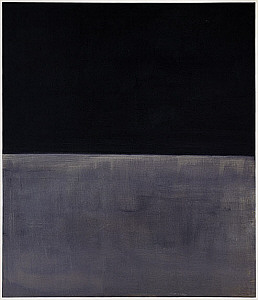
 Mark Rothko.jpg)
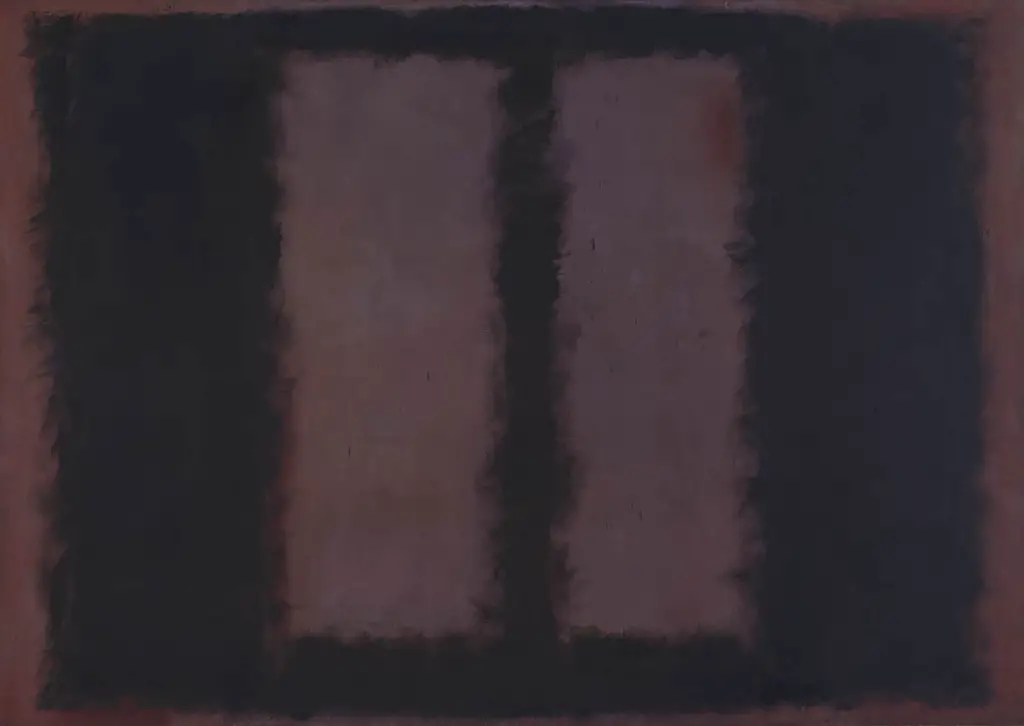
 Mark Rothko.jpg)
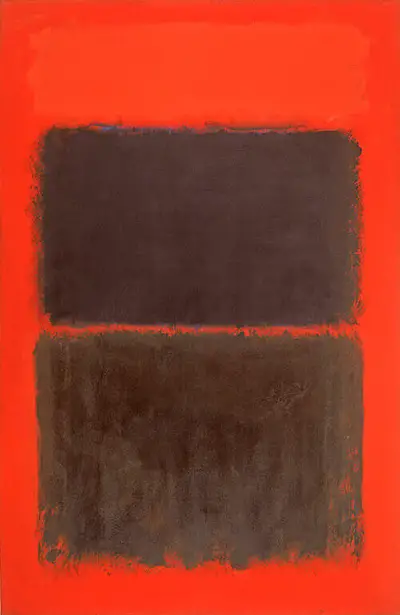
 Mark Rothko.jpg)
 Mark Rothko.jpg)
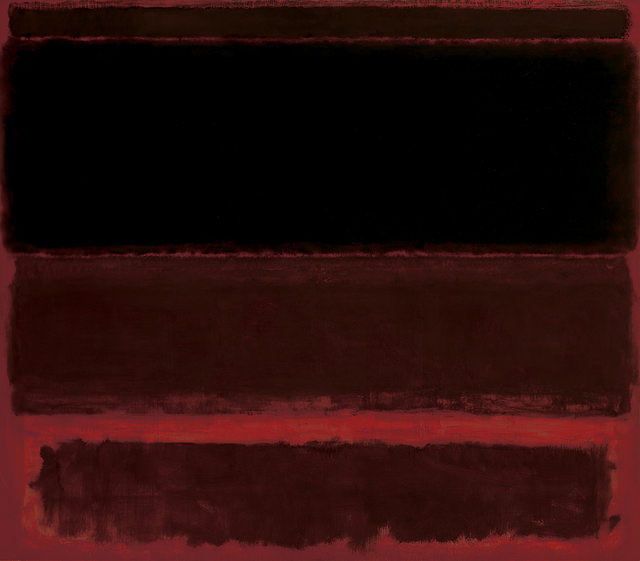
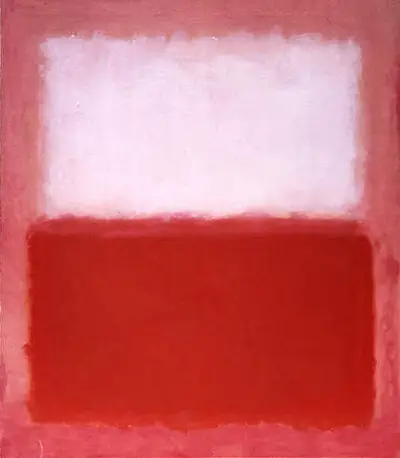
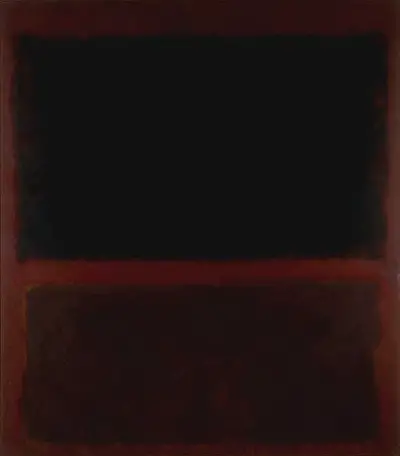
 Mark Rothko.jpg)
 Mark Rothko.jpg)
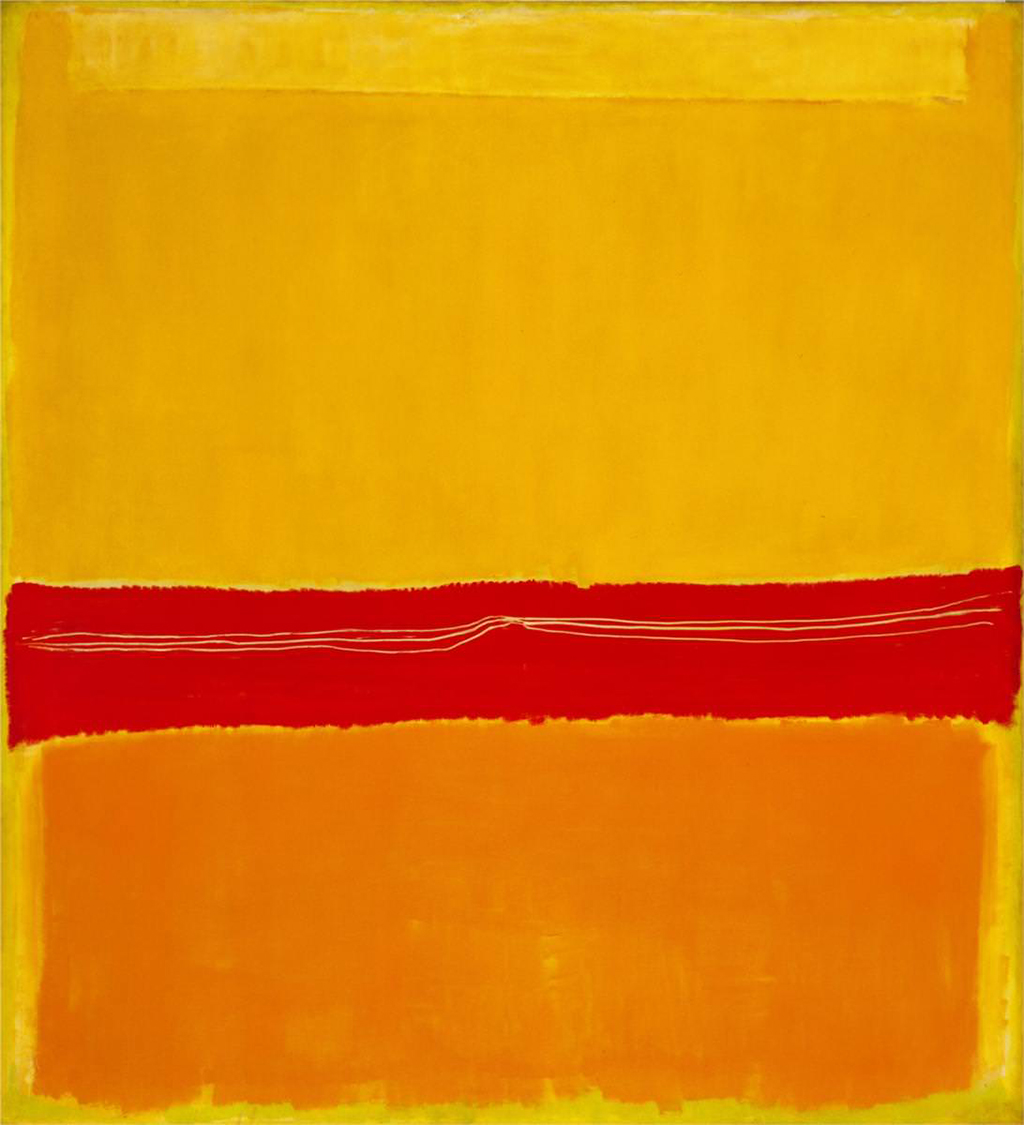
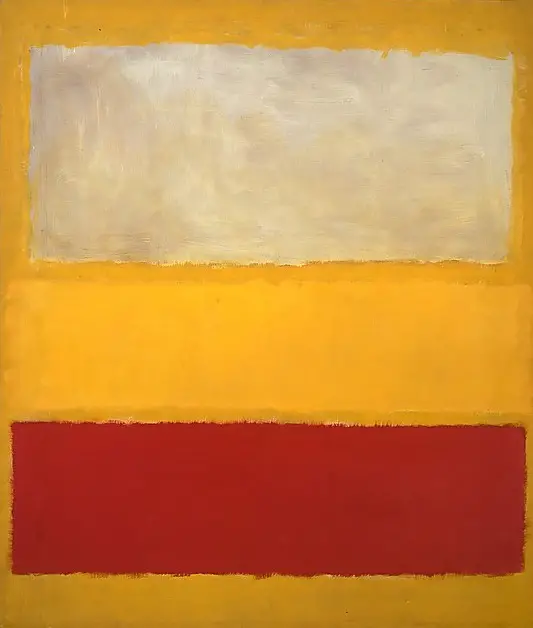
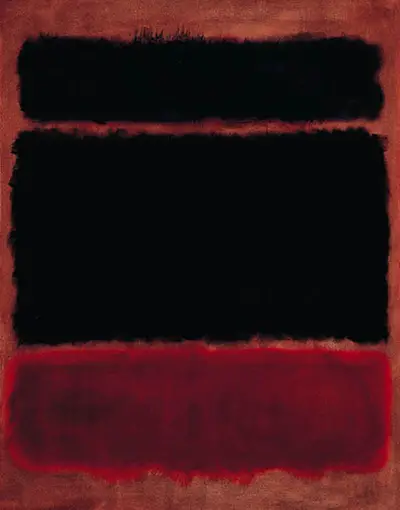
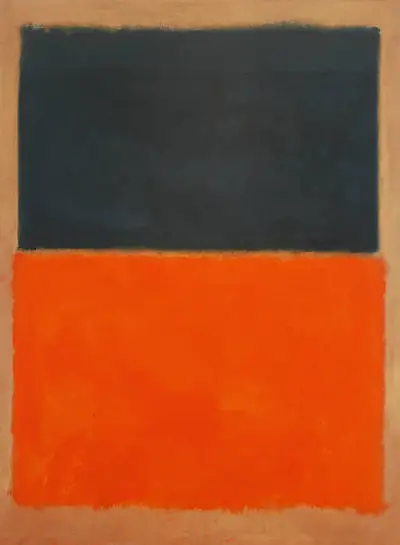

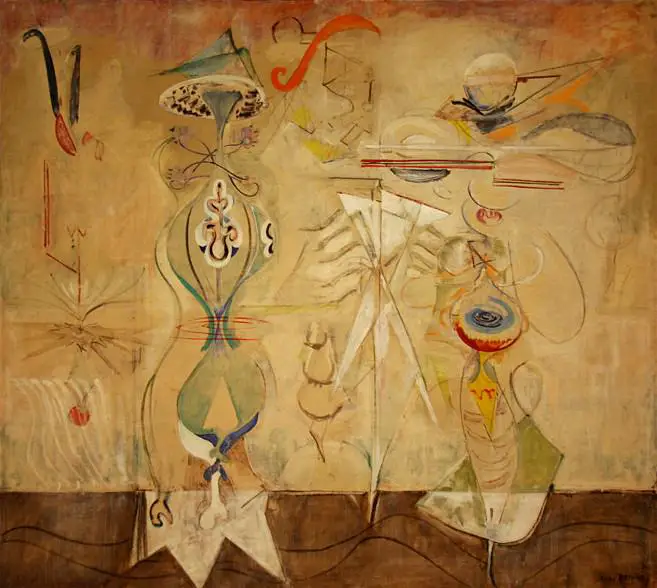
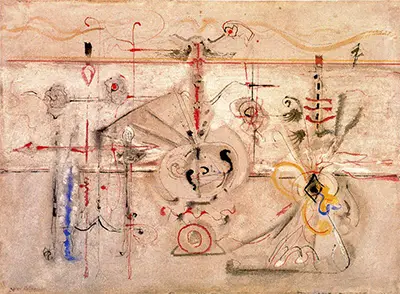

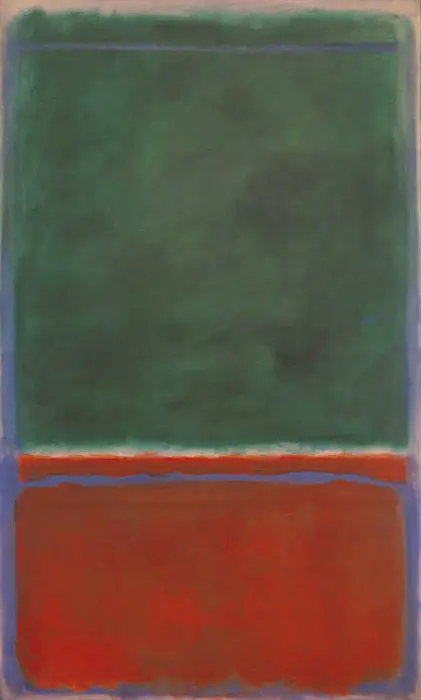


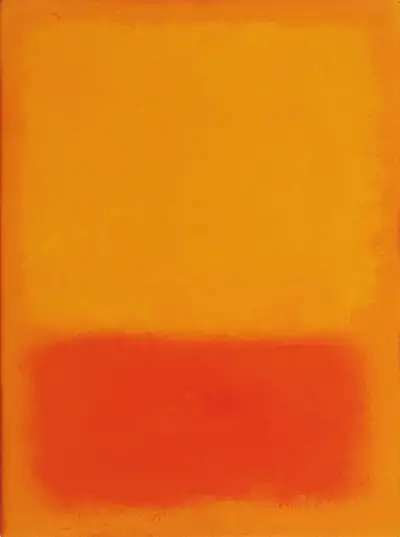
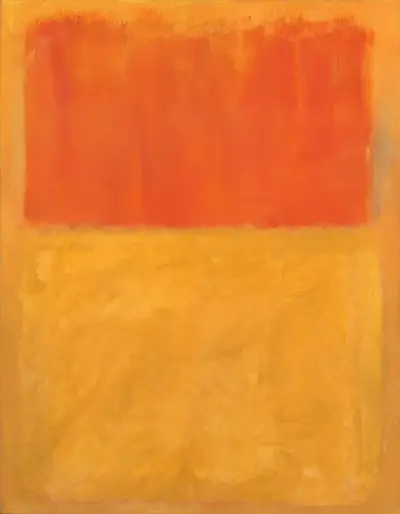
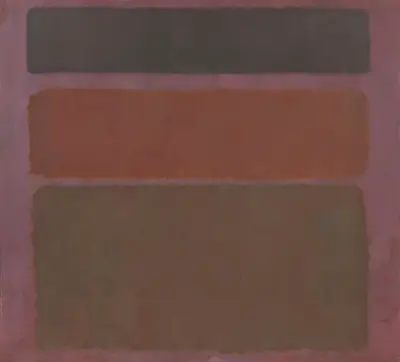
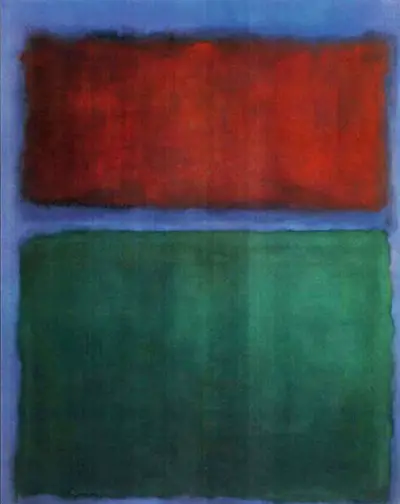
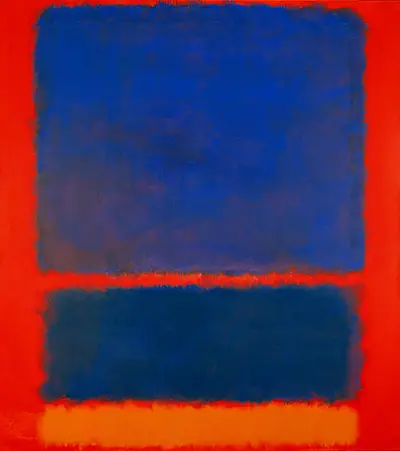
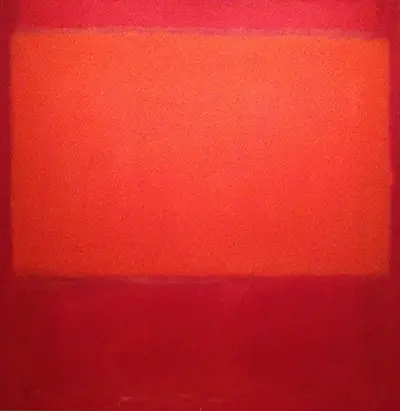
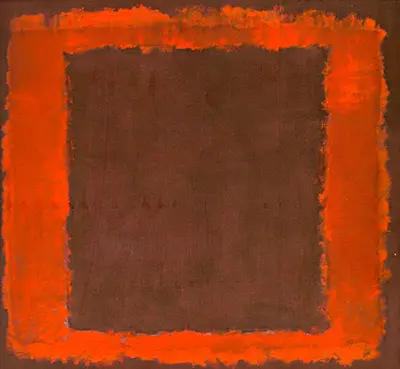
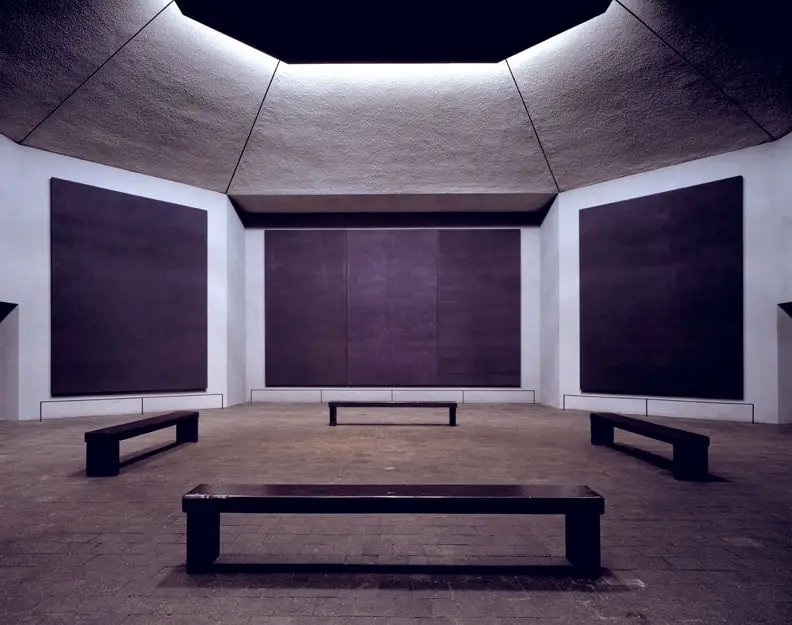
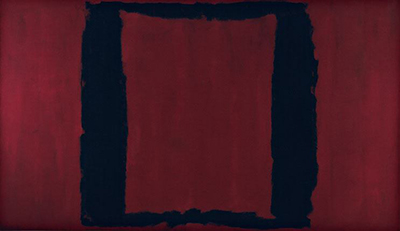
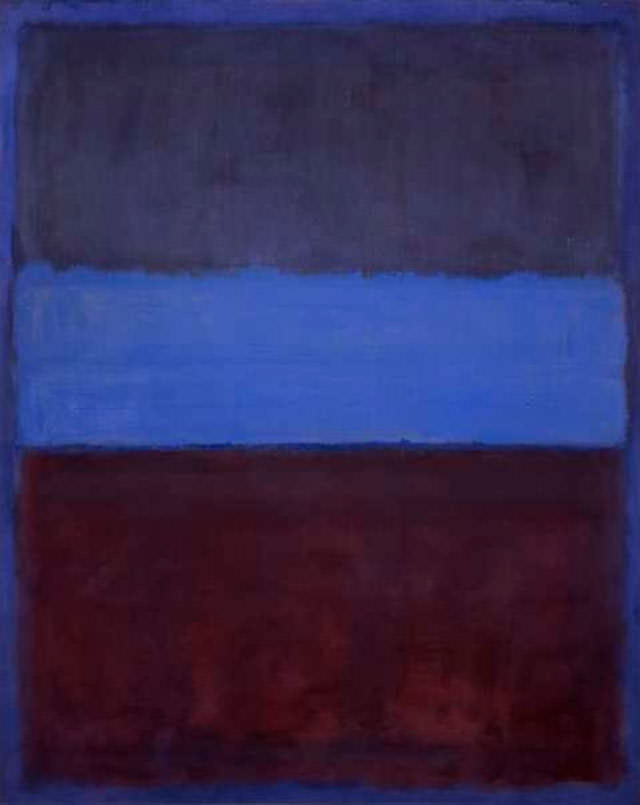

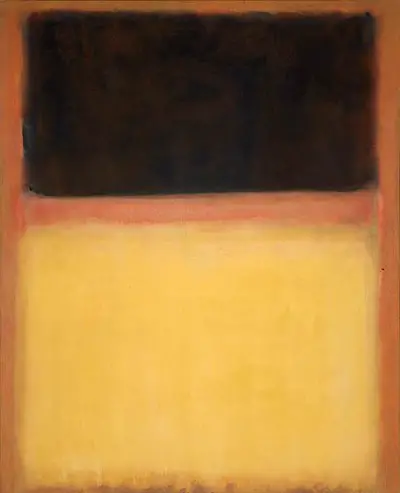
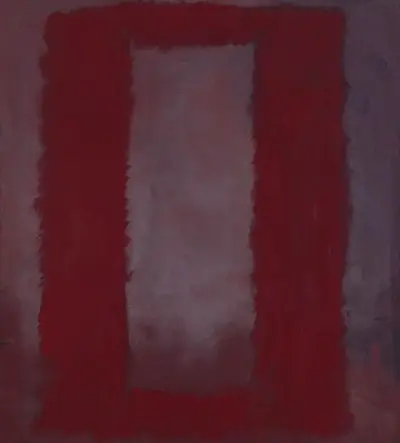
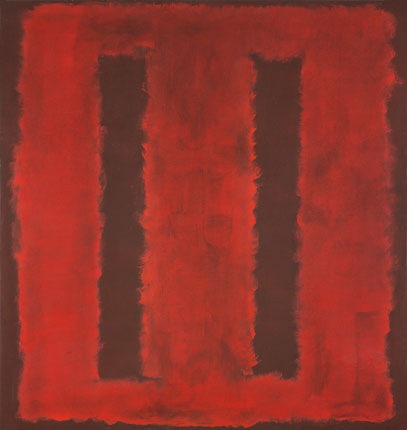

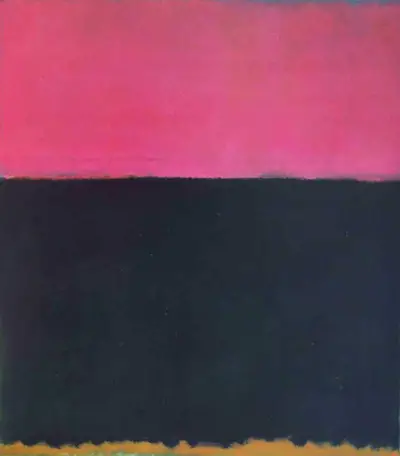
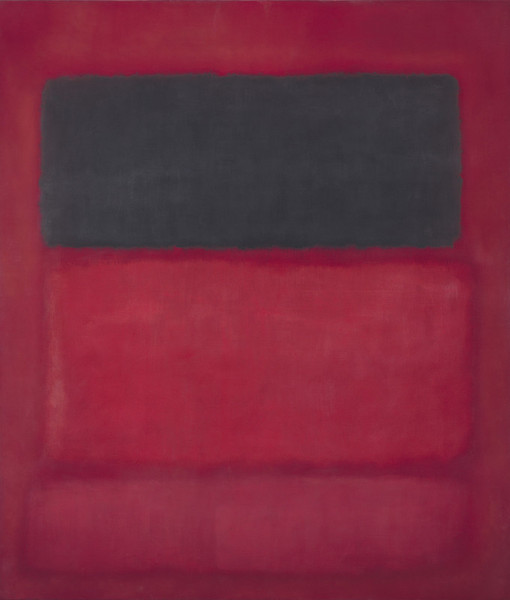
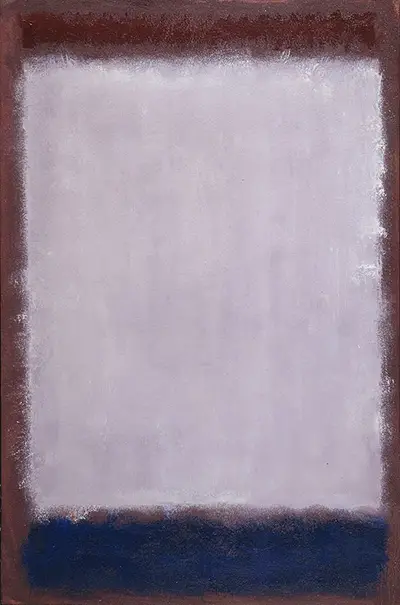
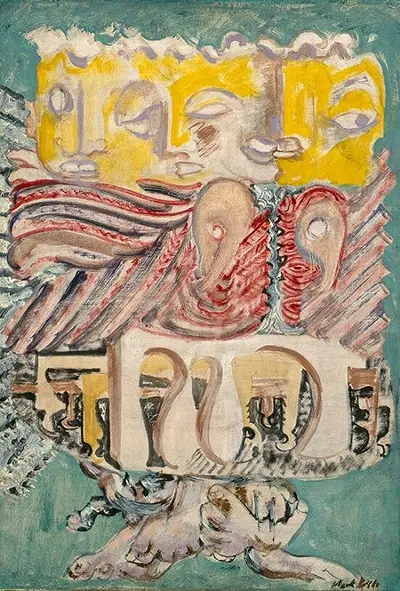
 Mark Rothko.jpg)
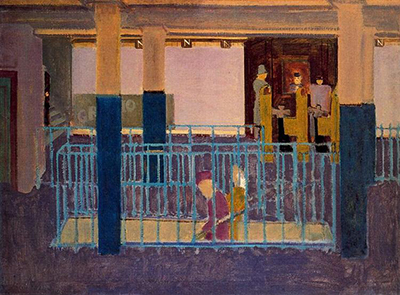
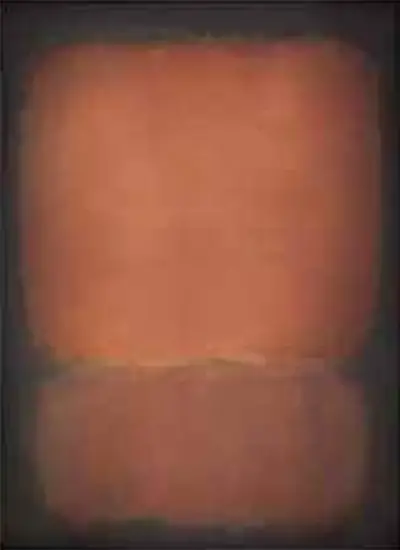
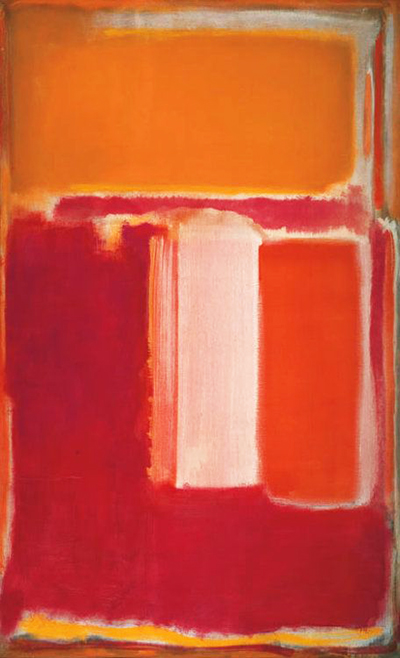
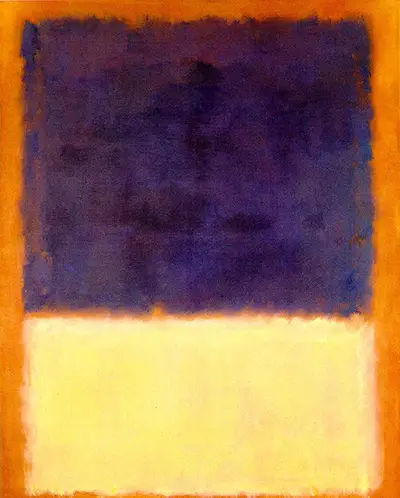
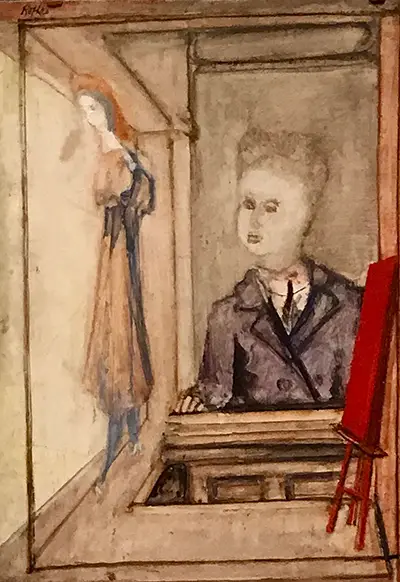
 Mark Rothko.jpg)
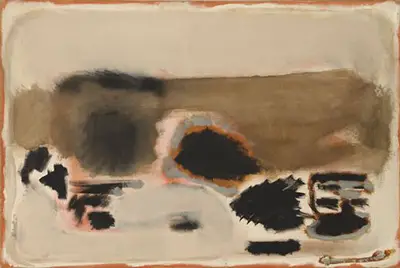
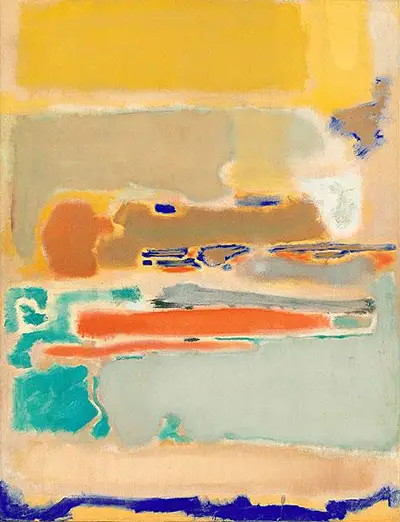
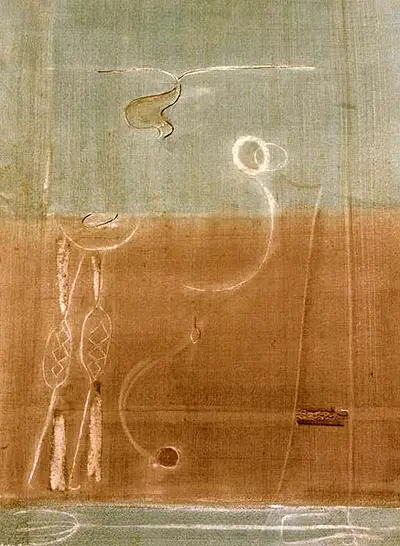
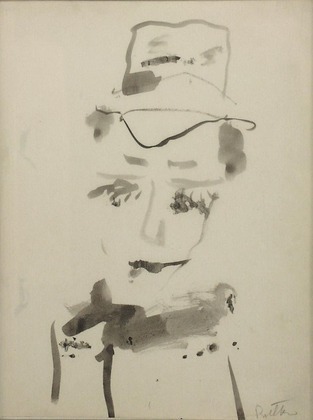
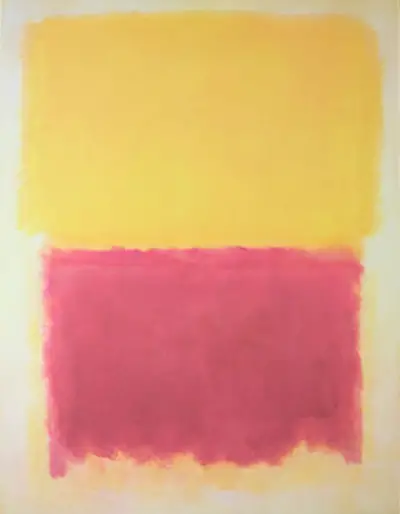
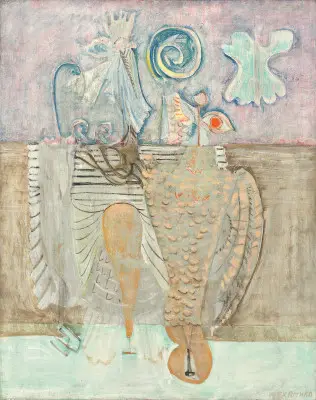
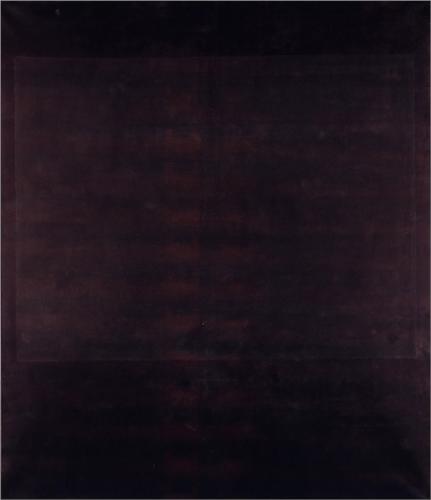
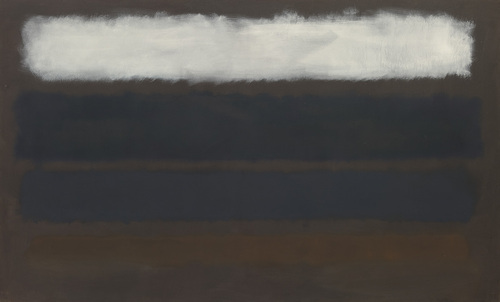
 Mark Rothko.jpg)

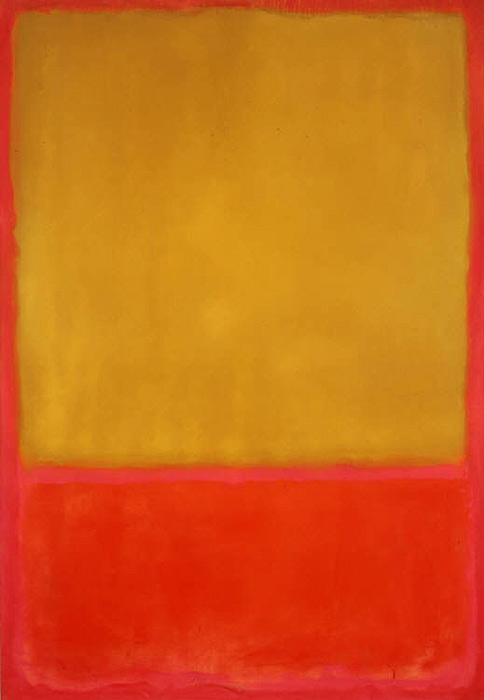
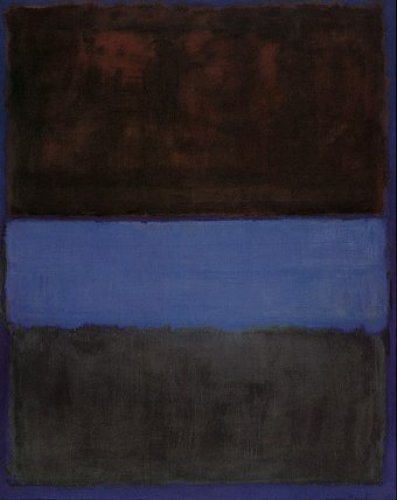
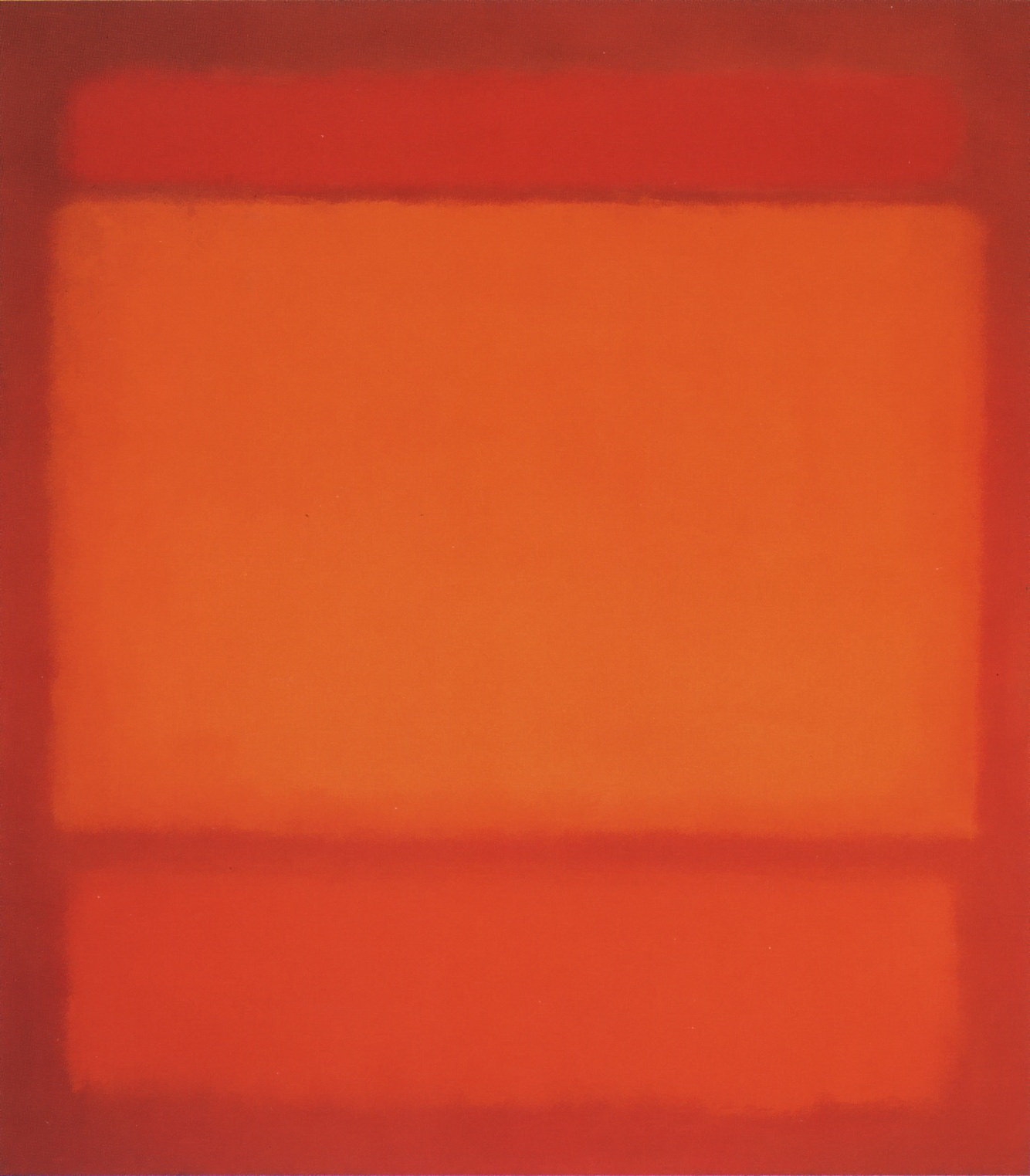
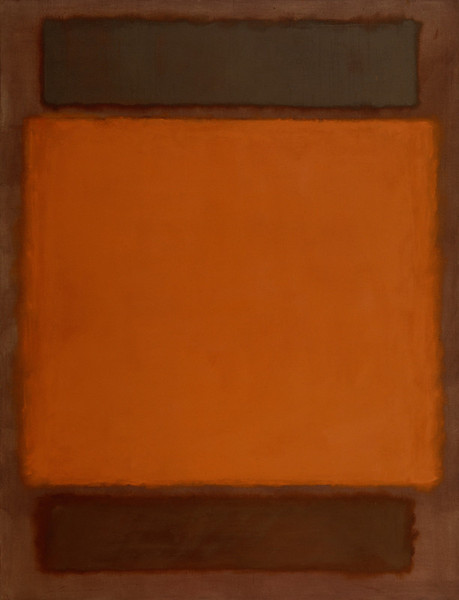

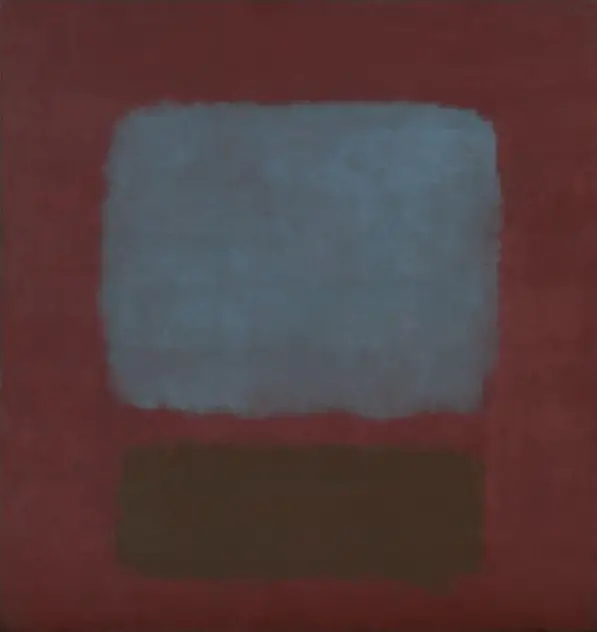
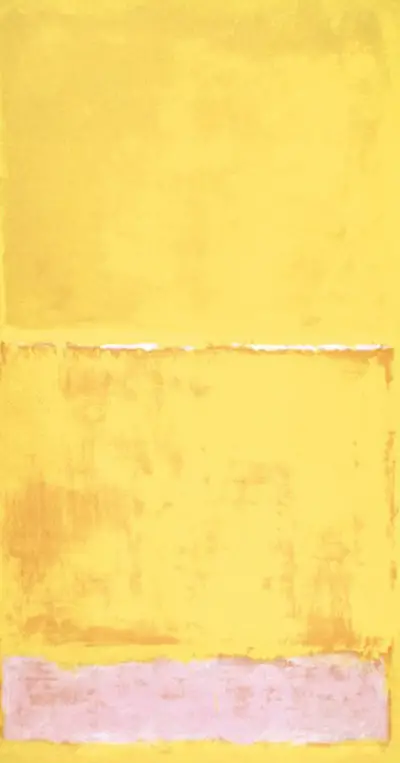
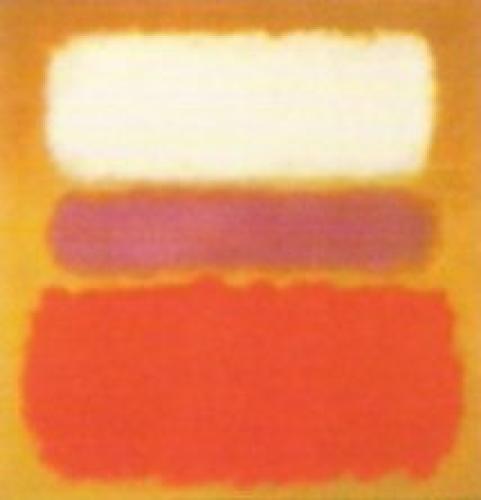
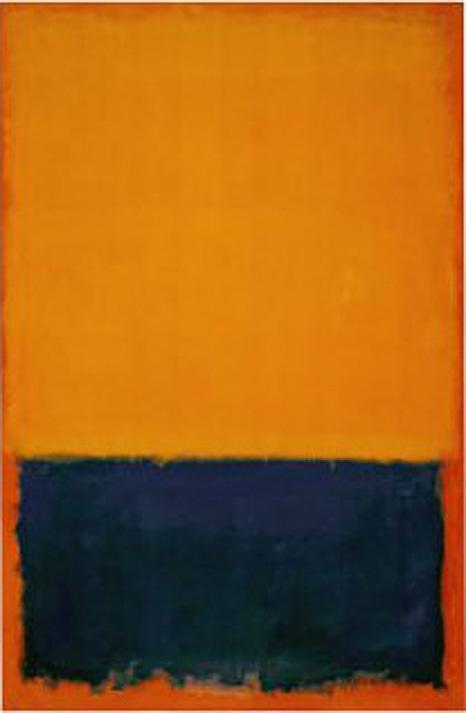
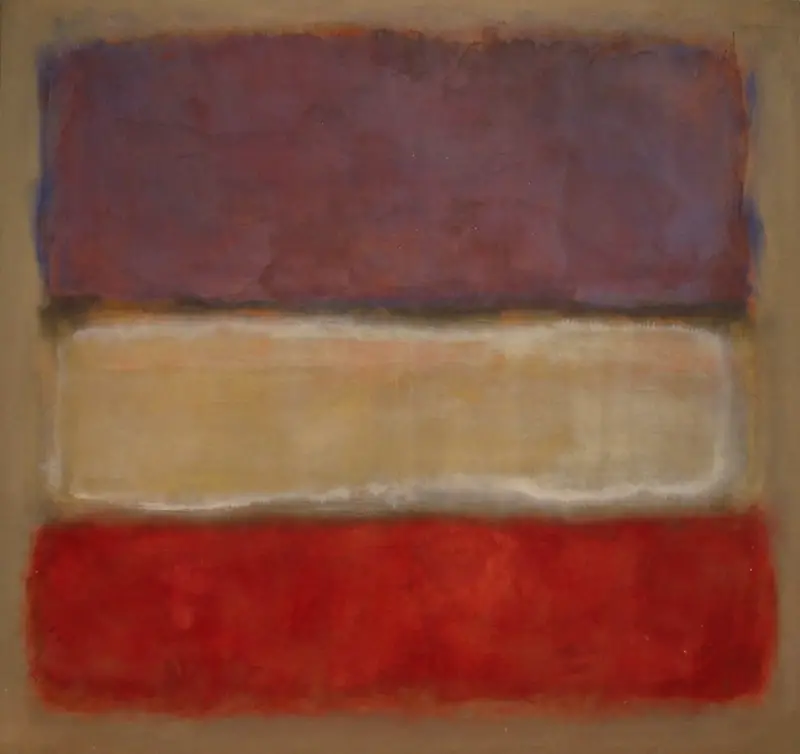
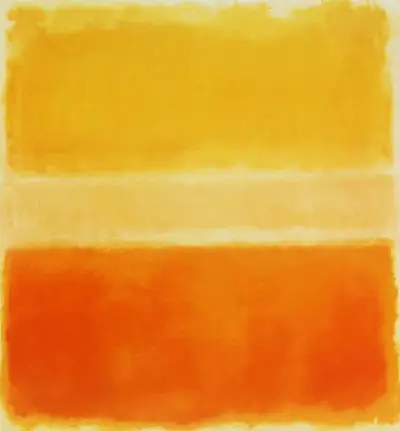
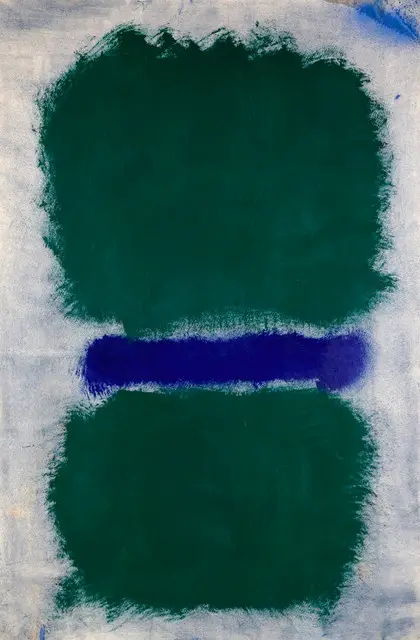

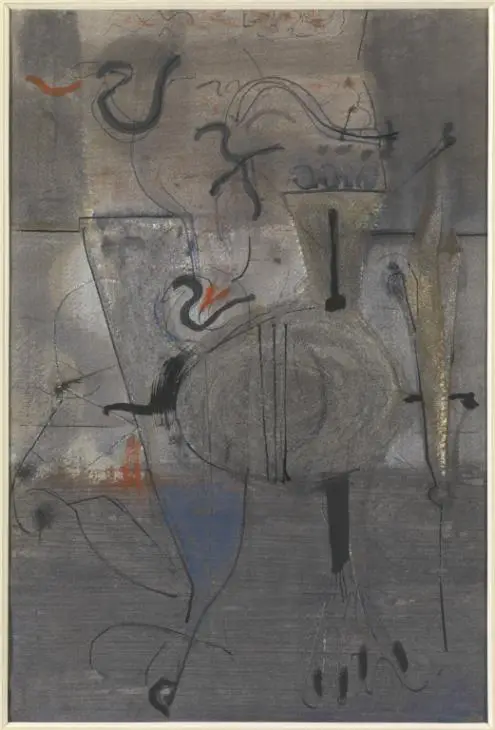
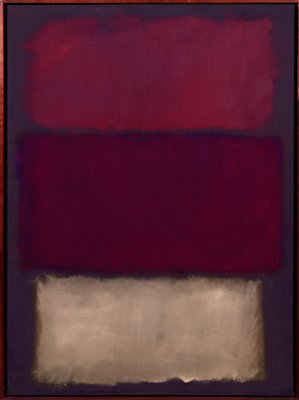
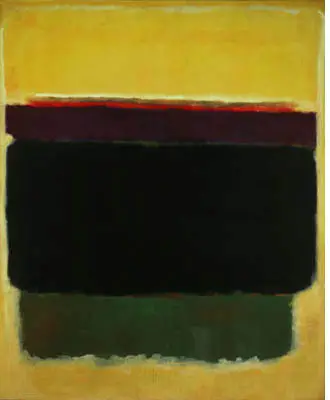
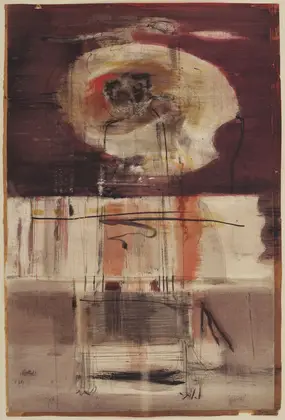

 Mark Rothko.jpg)
 Mark Rothko.jpg)
 Mark Rothko.jpg)
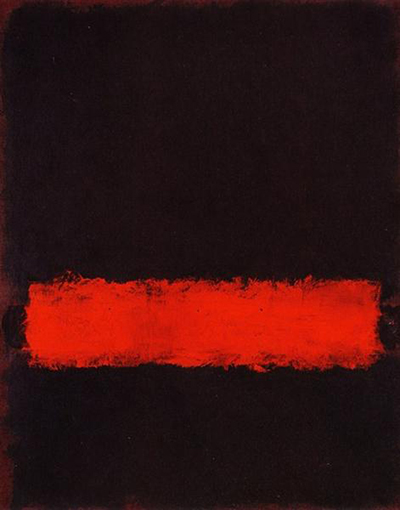

 Mark Rothko.jpg)
 Mark Rothko.jpg)
 Mark Rothko.jpg)
 Mark Rothko.jpg)
 Mark Rothko.jpg)
 Mark Rothko.jpg)
 Mark Rothko.jpg)
 Mark Rothko.jpg)
 Mark Rothko.jpg)
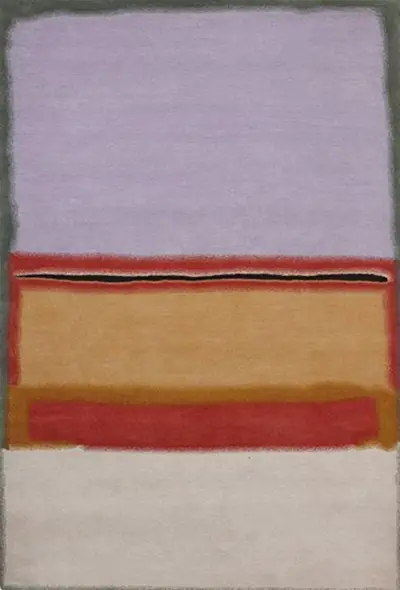
 Mark Rothko.jpg)
 Mark Rothko.jpg)
 Mark Rothko.jpg)

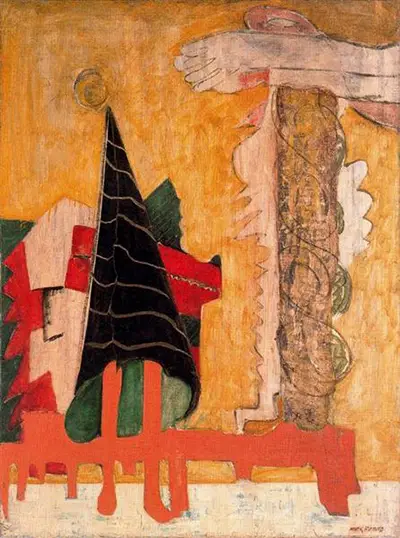
 Mark Rothko.jpg)
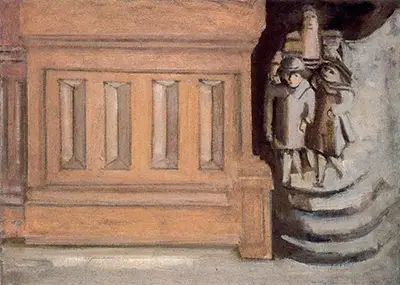
 Mark Rothko.jpg)
 Mark Rothko.jpg)
 Mark Rothko.jpg)
 Mark Rothko.jpg)
 Mark Rothko.jpg)
 Mark Rothko.jpg)
 Mark Rothko.jpg)
 Mark Rothko.jpg)
 Mark Rothko.jpg)
 Mark Rothko.jpg)
 Mark Rothko.jpg)
 Mark Rothko.jpg)
